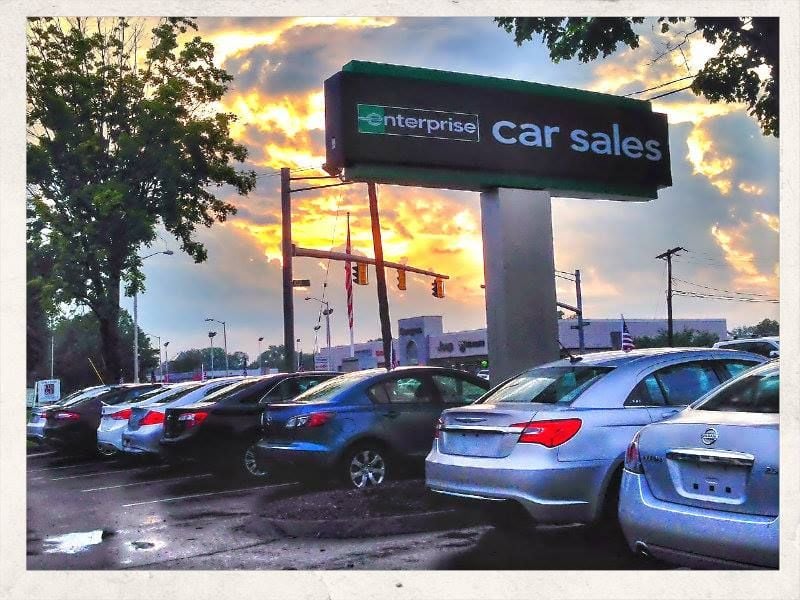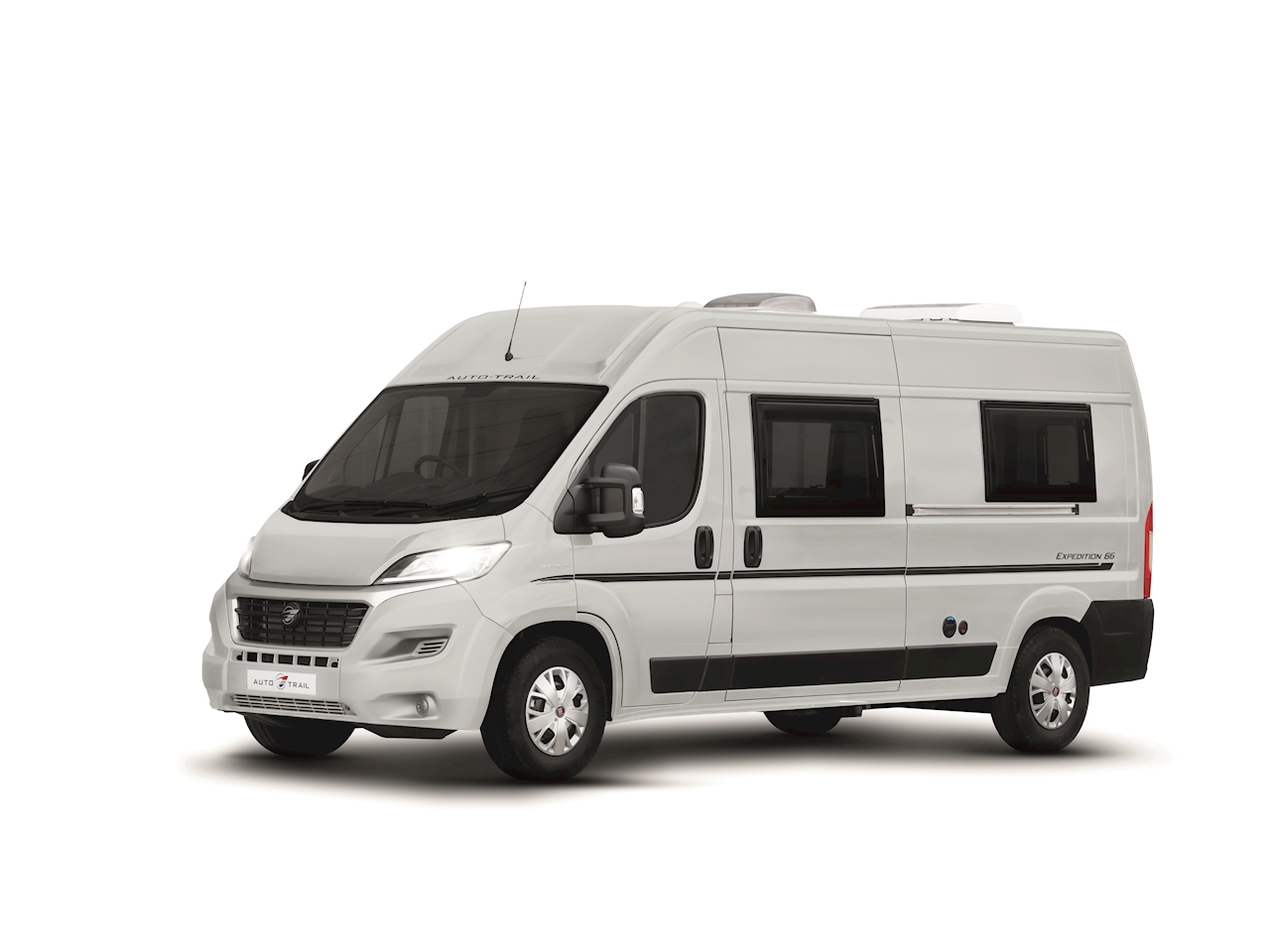

Most of the time, car buyers can't complete the purchase process fully online in a digital dealership experience. The digital dealership is essentially the dealer or OEMs online storefront where consumers can learn about vehicles, shop for cars and (ideally) get prices and view local inventory. Most OEMs and dealer networks employ what’s known as the digital dealership, but it’s not the same as a D2C model. The Difference Between D2C and Digital Dealerships It’s just the right amount of the human touch-and of course the prerequisite test drive-to make potential buyers confident that they are making the right decision. The specialist doesn’t even go on the test drive with you. Having experienced this myself, I can say that the specialists are indeed highly knowledgeable and there is zero pressure applied. The spaces are designed to allow consumers to explore at their own pace without pressure, learn about the vehicles, and get expert assistance if they want it. Note that they don’t call them “dealerships” and they don’t have “salespeople” at all-Polestar, for example, call them “spaces” and the people helping you are “specialists”. D2C natives like Tesla, Polestar, and Rivian have showrooms where you can drive and get more information about their cars from highly-trained representatives. Test drives are still available before ink is put on paper, too. There’s no haggling over prices or financing, which all but the most dedicated wheeler-dealers should enjoy. In the D2C experience, car buyers shop, configure, and order their vehicles online, as well as complete the financial side of the purchase process like credit checks, lease agreements, and financing.ĭirect-to-consumer sales models thus far are one-price affairs: the price you see when you configure your vehicle is the price that you pay. The direct-to-consumer, or D2C, car sales model enables consumers to purchase vehicles directly from the manufacturer without the involvement of a traditional dealership. What does the D2C car sales movement mean for dealerships and OEMs? Are consumers even ready to click their way through a $40,000+ purchase? The time for D2C car buying might be closer than you think, so now is the time to consider the digital future of the car dealership.


Ford has also said that it wants to restructure its dealership model, including building an e-commerce platform where customers can shop for and buy EVs at non-negotiable prices to counter consumer pushback to dealer markups. In some cases, that’s the only way consumers can get their hands on one. Popular new models like the Maverick, F-150 Lightning, and Mach-E can be built and pre-ordered online. The D2C movement is also showing the cracks in the traditional dealership model, and OEMs are taking notice.Įven industry stalwarts like Ford are moving to a “build-to-order” model where customers can reserve and build their vehicle online and pick it up in a couple of weeks or months. Electric vehicle startups like Tesla, Polestar, and Rivian have changed the direct-to-consumer (DTC) car sales model from a novelty to the norm for some consumers.


 0 kommentar(er)
0 kommentar(er)
